Black Christmas was first released into theaters 50 years ago, on December 20th, 1974. For its 50th anniversary, the movie has returned to select theaters, allowing fans the chance to see it on the big screen for the first time and possibly introducing this Christmas horror classic to new viewers. Directed by Bob Clark and boasting an incredible cast that includes Margot Kidder, Olivia Hussey and John Saxon, it’s no surprise that it’s still considered one of the preeminent Christmas horror movies. But with 2024 marking 50 years since this cult classic premiered, one question on many people’s minds is if the movie still holds up — so let’s find out.
Terrorizing a Sorority House
- Release Date
-
December 20, 1974
- Runtime
-
98 Minutes
The story of Black Christmas is a relatively simple one – on a college campus around the holidays, a group of sorority girls are terrorized by a mysterious killer and disturbing phone calls. In its simplicity is its brilliance, for sometimes the most terrifying things are the most feasible. As the semester ends and Christmas approaches, the campus begins to feel more and more abandoned with students leaving for vacation. Surrounded by this eerie backdrop, the sisters of Pi Kappa Sigma start receiving cryptic and menacing phone calls from someone calling himself “Billy” at the same time that one of their sisters, Claire, goes missing.
The movie focuses primarily on a small group within the sorority – Barb, played by Margot Kidder, Phyl, played by Andrea Martin, and Jess, played by Olivia Hussey. Hussey as Jess is the main character the audience follows as the story unfolds, as she tries to help Claire’s father find his missing daughter and, at the same time, tries to solve the mystery of the unsettling phone calls she keeps getting at the sorority house. The tension of the film builds as the calls get more and more unhinged and terrifying, and as the audience watches from the killer’s point of view as he kills Jess’s friends in increasingly creative and brutal ways.
Well-Deserved Cult Classic Status
Although not considered in the same pantheon as slashers and horror movies that would later go on to create massive franchises, such as Halloween and Friday the 13th, Black Christmas has earned its place in horror history in its own right. In some ways, the film is ahead of its time and helped to create some of the tropes and techniques that many movies after it, including some of those larger franchises, would use. The use of shooting sequences from the killer’s point of view – something John Carpenter would go on to famously use in Halloween – was a bold choice for the time, and the way the cinematographer shot these scenes was effective in creating tension and setting them apart from the scenes shot from the more traditional outside point of view.
There are also themes within the movie that could be considered ahead of their time as well, or at the very least fairly progressive – most notably, the feminist themes that can be seen throughout. There is a clear motif of the women of the sorority having to depend on themselves and each other, on their sisterhood, to try and figure out what happened to Claire and what’s going on with those phone calls.
One of the main obstacles in their way are the cops in their small college town – who, outside Lt. Ken Fuller, played by John Saxon, tend to be less than helpful at best and completely unwilling to believe the sorority sisters about what’s happening at worst. This theme further extends to Jess and her relationship with her boyfriend Peter, who’s shown to be controlling and hot-headed – but, while Jess is kind and empathetic, she also knows who she is and what she wants, and doesn’t allow Peter to pressure her into anything she doesn’t want.
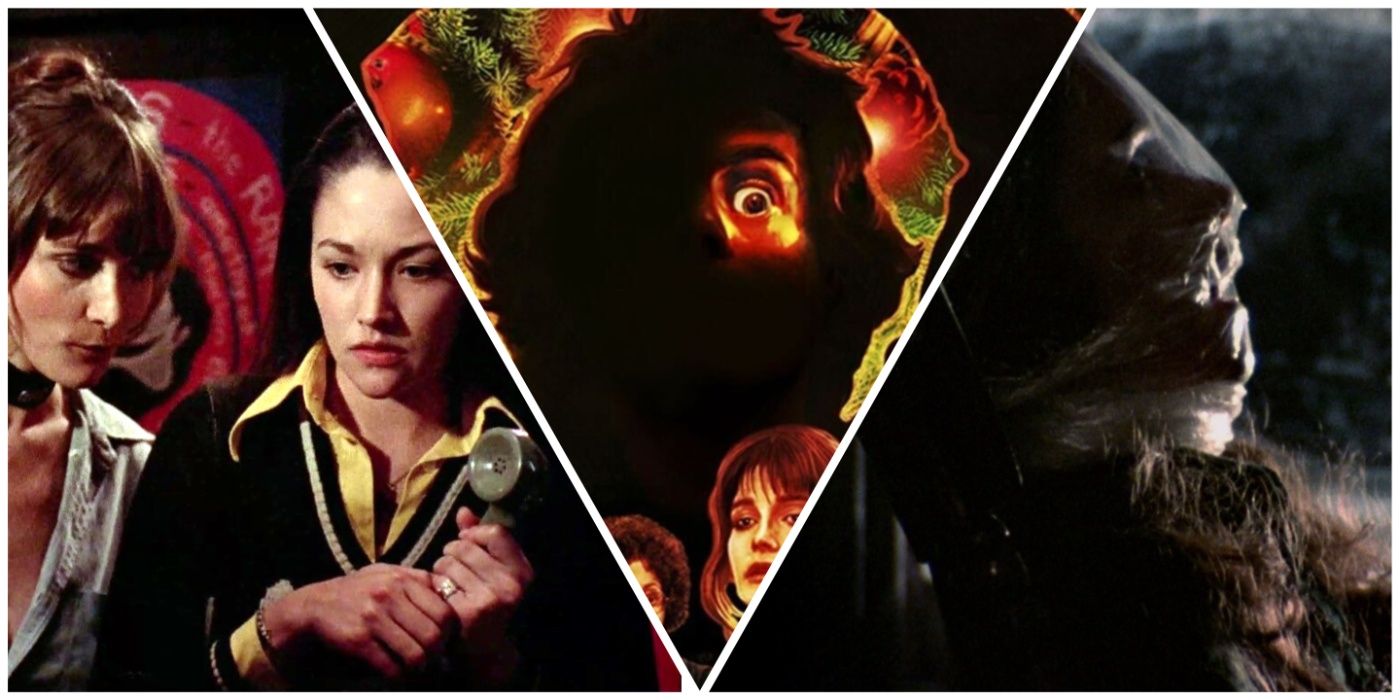
Related
Bob Clark’s 1974 Holiday Horror Movie Deserves as Much Praise as Halloween
While John Carpenter’s Halloween gets most of the credit, Bob Clark’s Black Christmas perfected slasher movie tropes four years earlier.
‘Black Christmas’ Is Scary in What It Doesn’t Show
Although much more subtle in its horror, Black Christmas still has plenty to offer when it comes to creating tension and unsettling the audience. The deaths on screen might not be as explicit or gory as modern slashers, or even some of the slashers that came from the ’80s, but they’re still memorable. Although not all the blood and viscera is shown, the kills in this movie manage to be brutal and creative in a way that sticks in viewer’s minds.
Furthermore, the killer stands out because of his ambiguity – he’s never shown in full, the audience only ever catches glimpses of him, and his voice over the phone is as enigmatic as the rest of him, as he puts on voices and acts out multiple parts. Even his name, “Billy,” is something that the audience can’t be entirely sure of, they can’t know if it, or anything he reveals over the calls, is real or just part of some delusion. He is an unknown, and that makes him fascinating.
As the phone calls get more disturbing, and as the search for Claire becomes more urgent, the tension is built beautifully – audiences will find themselves rooting for Jess, Barb and Phyl, hoping that they make it out of this and fearful that they won’t. The fact that the audience knows the terrifying truth, that “Billy” is inside the house even as he’s making these calls, only adds to the feeing of unease while they watch the three women go through all of this none the wiser.
The viewers know that any of them could be next, and they know that “Billy” is always a presence in that house – always just out of sight, lurking, watching, waiting – but the women who live there have no clue just how much danger they are in. So much of this movie’s true horror is in what isn’t shown, what isn’t easily known, and it is in those spaces of uncertainty that true dread is felt.
Does it Hold Up?
The easiest answer is, yes. This film is a cult classic for a reason, and even 50 years after its release it is still considered one of the best Christmas horror films. There is a lot within this movie that still makes it unsettling to this day – from the incredible performances of its main actors to the inventive filmmaking and incredible unease it created, Black Christmas continues to be an effective horror movie.
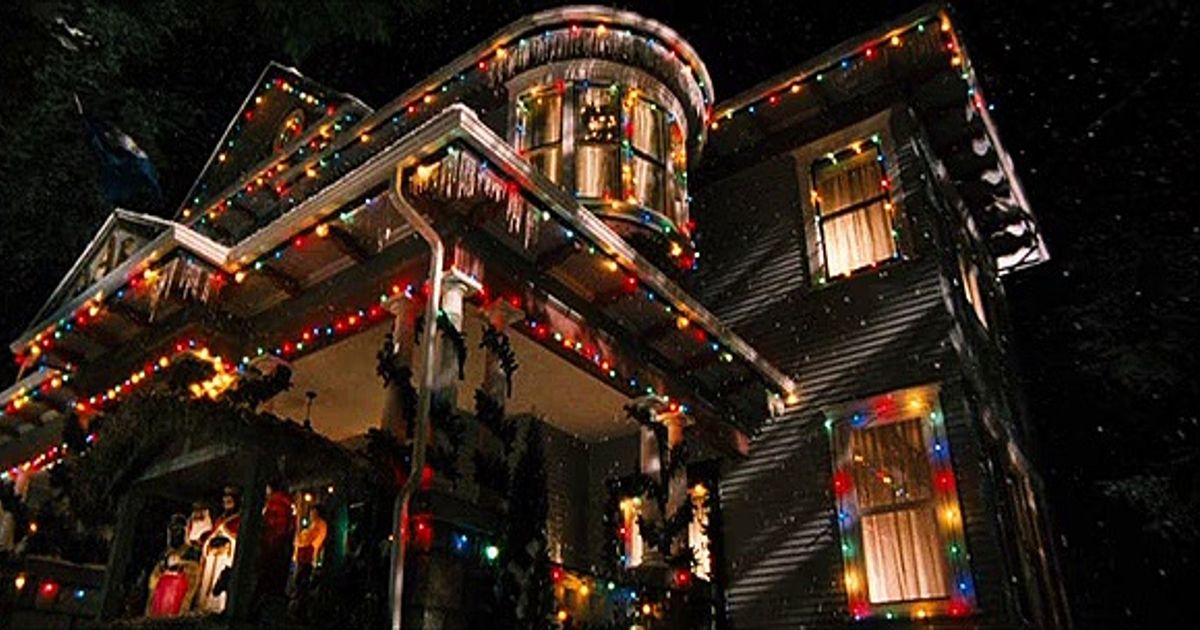
Related
Black Christmas: What the 2006 Remake Got Right, and Where it Went Wrong
Black Christmas has been remade twice. Here’s the good that the 2006 remake had to offer, and where it could have been improved.
That isn’t to say it’s perfect. Like all movies, it does have its issues – it can be dated at times, and some of the performances of the supporting and side actors are a little forced and wooden. However, this is a film where the good far outweighs the bad. At the very least, if you’re looking for a bit of horror for the holidays this year, it’s worth checking out – and now, thanks to the anniversary, you can even check it out on the big screen.
Source link









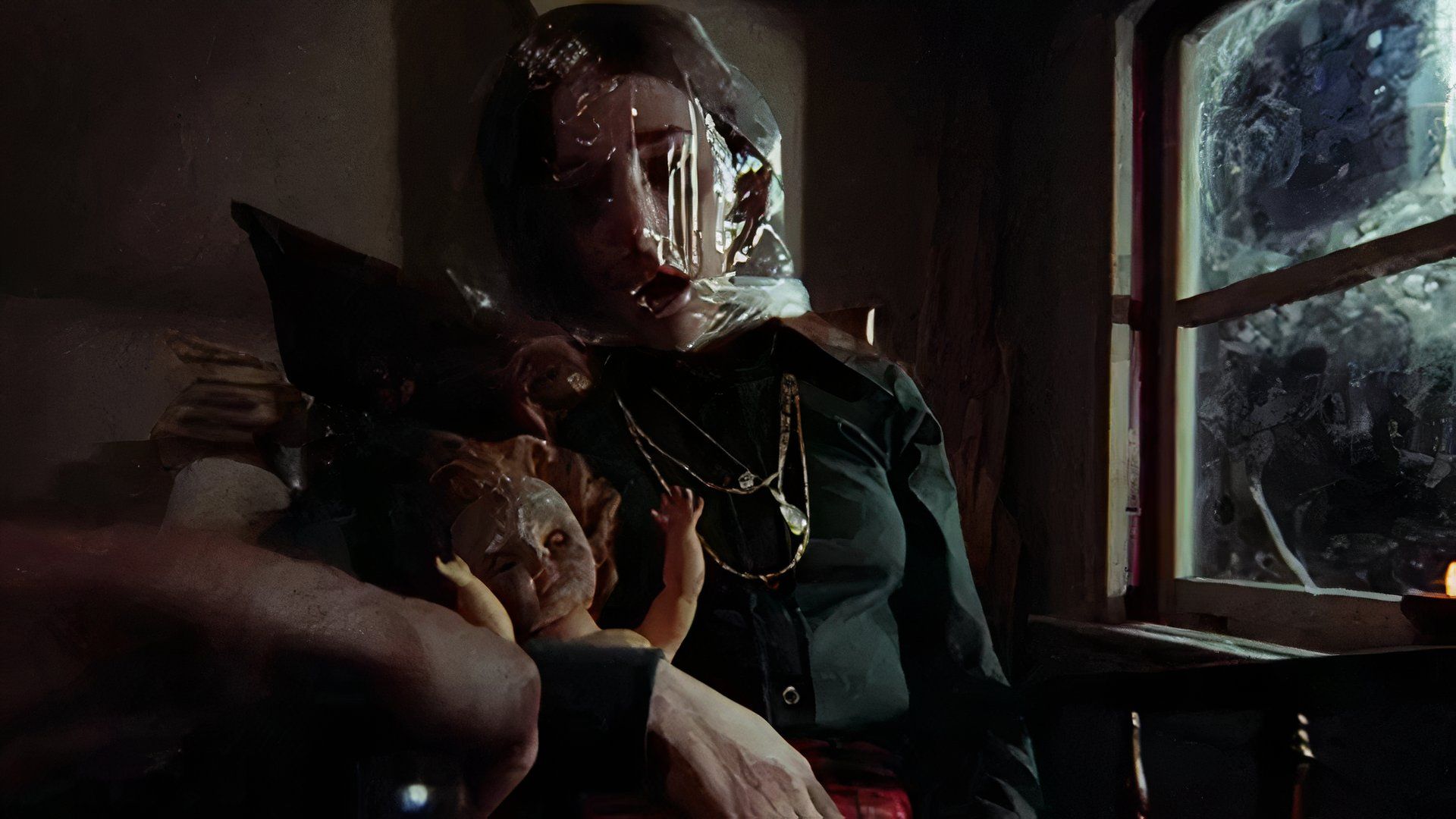
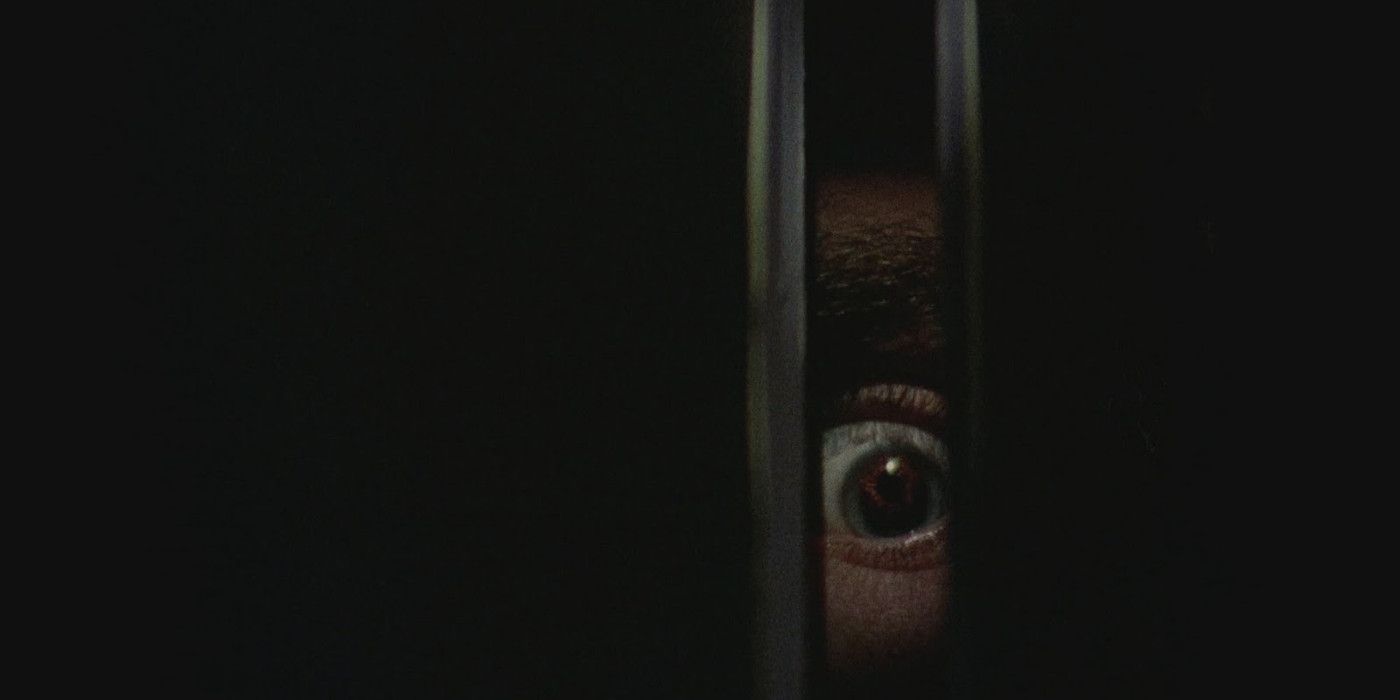
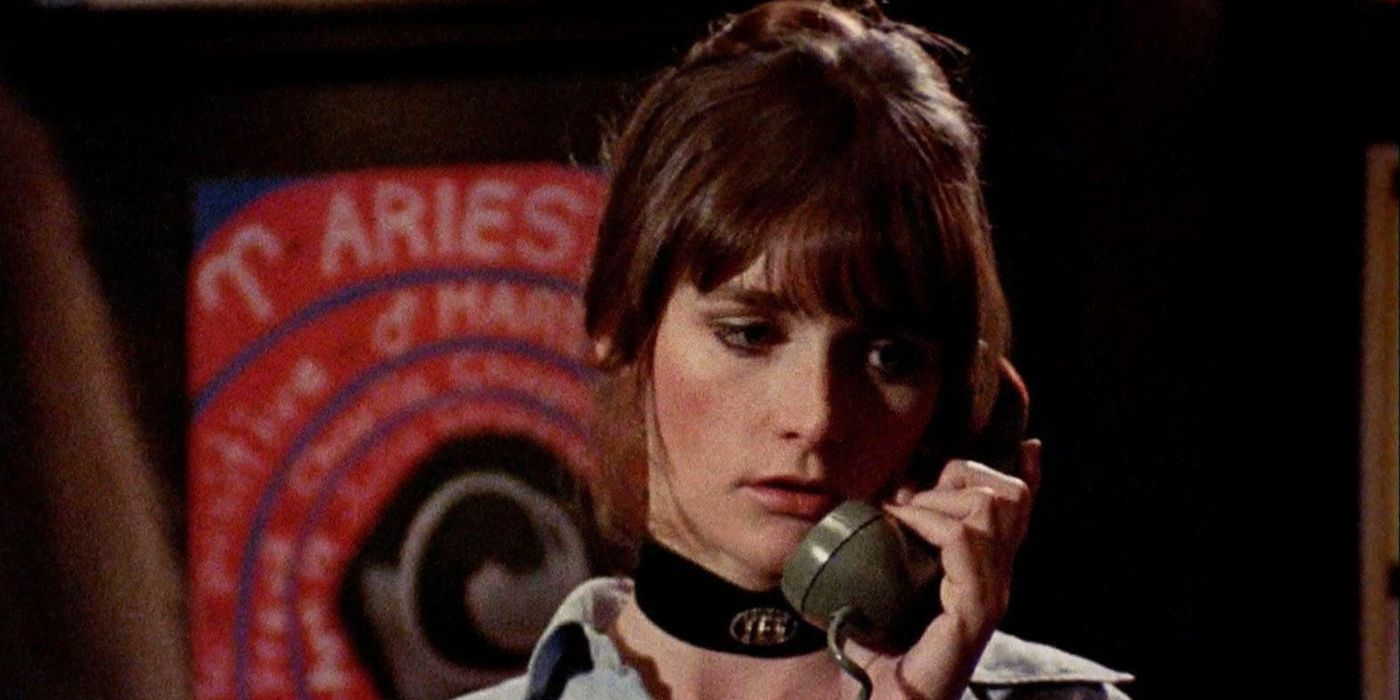








Add Comment